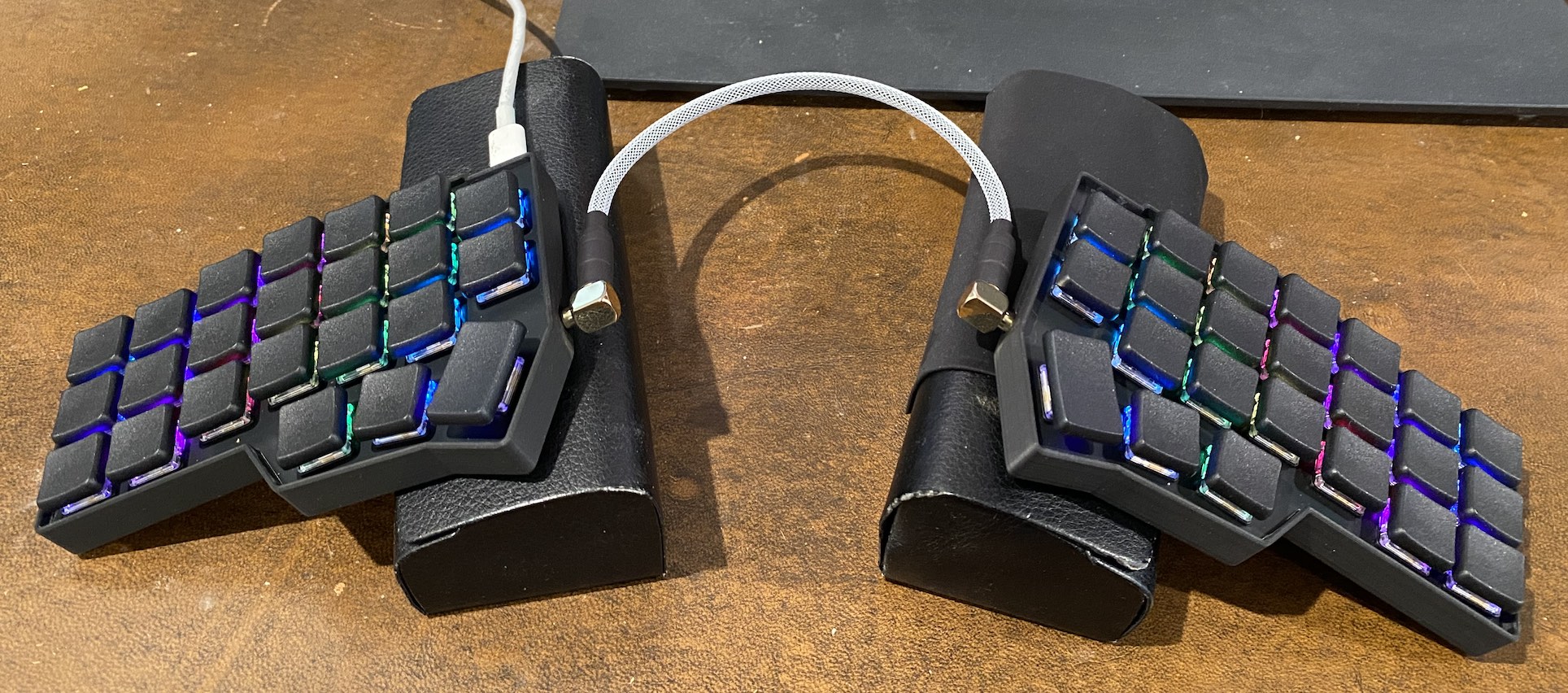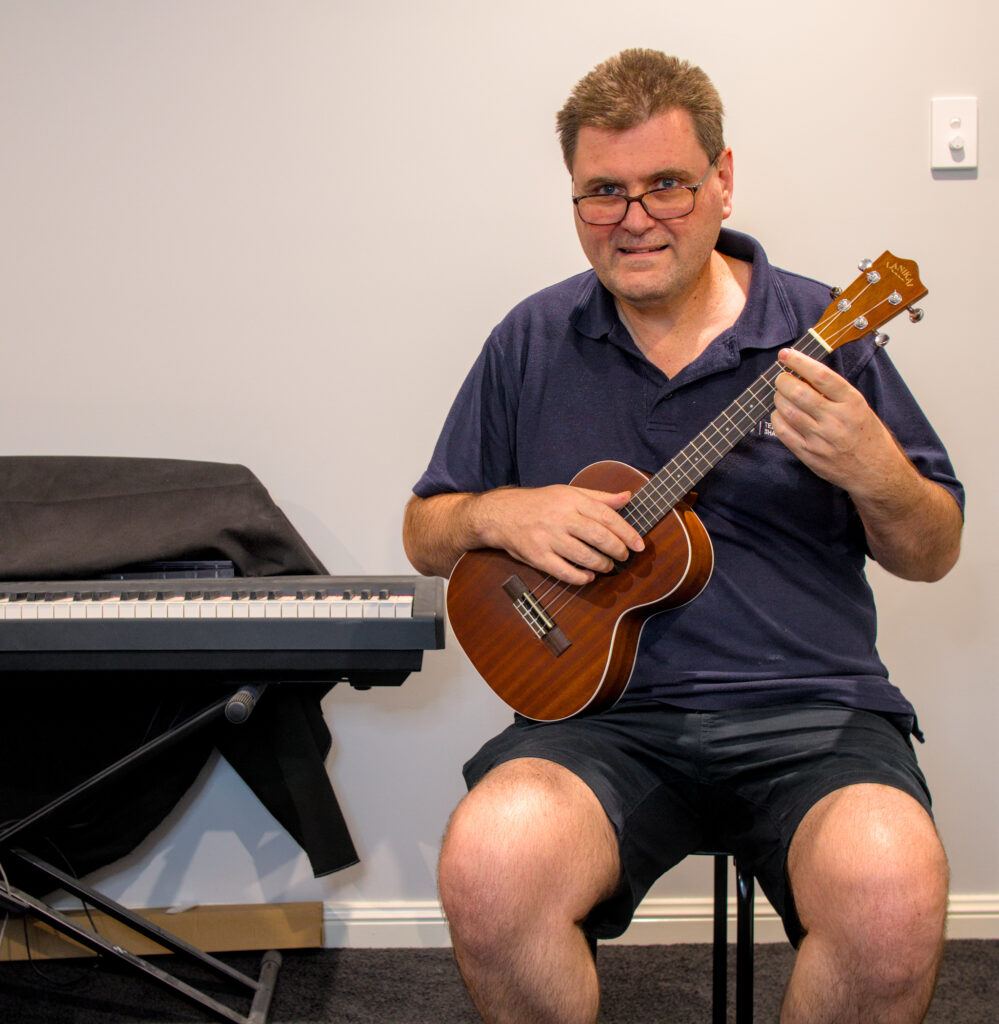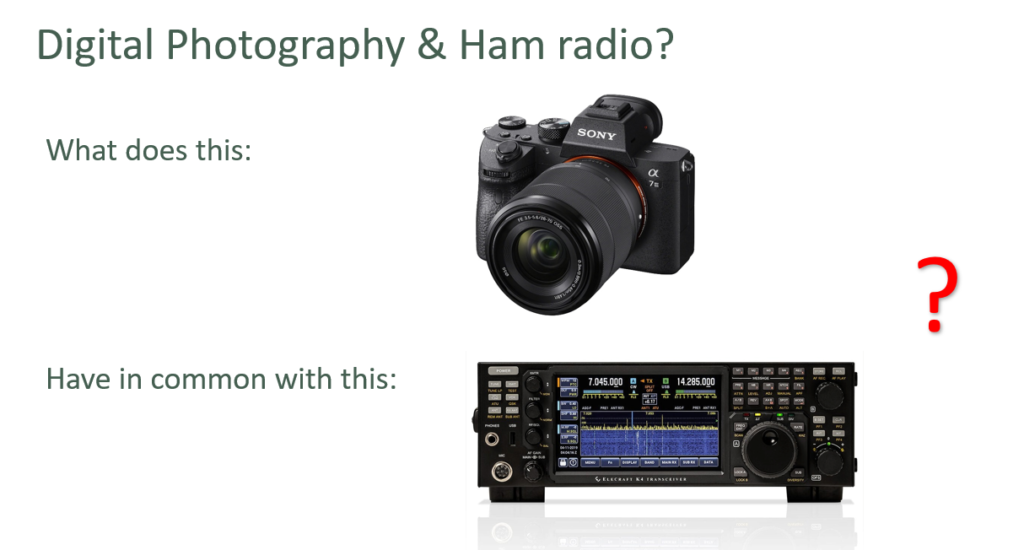Corne v4 Keyboard Keymap
I recently acquired a pre-built Corne 46-key ergonomic split keyboard.
Rather than use the default QWERTY keyboard arrangement, I have programmed it to use a COLEMAK-DH layout, which allows for much more efficient typing. Because there are a reduced number of keys, many of the keys need to be overloaded with multiple functions. This is normally done with two techniques:
- Tap-Modifiers: If you tap a key, it will output its normal character. However, if you hold the key, it can act as a modifier such as Shift, Ctrl, Alt, etc.. This means you don’t need to dedicate separate keys for this, and these modifiers can be placed on the home row of the keyboard where you don’t need to reach for them.
- Layers: just like how you hold the SHIFT key to get uppercase characters, you can define layers of your keyboard that can be accessed through “custom SHIFT” aka “layer” keys.
The layer scheme that I chose is based on a 36-key layout called “miryoku ”, which is a well thought-out design for minimalist keyboards. The layers are selected through the three keys at the bottom of each half by using your thumbs.



